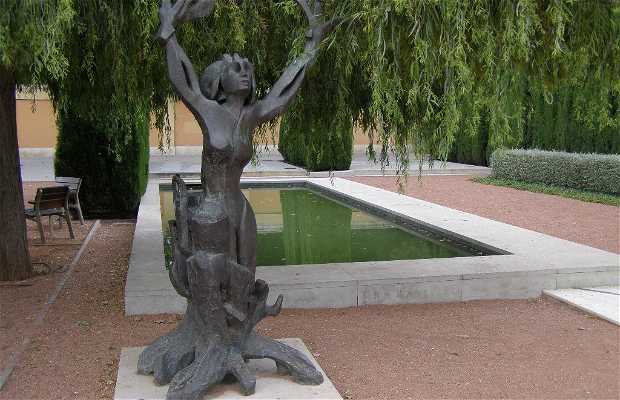

Greek artists depicted their courtship and marriage on vases, calling them Chiron and Chariklo. Naamah, a Cainite princess, came through the Flood as Ham’s wife. She is the daughter of Lamech/Atlas by his second wife, Zillah and the last person mentioned in the line of Cain (Genesis 4:19-22). In Genesis 3:15, God cursed the serpent, and told it “On your torso shall you go, and soil shall you eat all the days of your lives.” The ancient Greeks welcomed the rising up of the serpent.Īthena’s human name in Genesis is Naamah. Lamech, like the rest of the line of Cain, preferred to live by the words of the serpent who told Eve “Ye shall be as gods.” This pushing away of the heavens allows the serpent to rise up and “enlighten” mankind. We can see the crescent moon and the stars signifying those heavens.

In the scene, Lamech/Atlas is pushing away the heavens and with them the God of the heavens. His Genesis name is Lamech, the last king of the Cainites before the Flood (Genesis 4:18-24). The central figure, Atlas, is from the pre-Flood world. Herakles appears in “the bowl of the sun” figuratively having returned to the ancient paradise with the other “gods” through the Flood, as the fish and waves indicate. Hermes, far right, appears to be standing on a rock. An armed Athena approaches from our left. A seated Hesperid is there to tend to the serpent and its apple tree. In the center, Atlas pushes away the heavens, and with them the God of the heavens, preferring the “wisdom” of the ancient serpent. In my book, Genesis Characters and Events in Ancient Greek Art, I present detailed evidence for the human identities of Atlas, Athena, Hermes, and Herakles. This second tree represents the “tree of life” from Genesis 3:22 to which these ancestors in the way of Cain now have access. Greek depictions of the Garden of the Hesperides always include a serpent-entwined apple tree, but rarely a second apple tree as we see here. She is the only one in the scene who is not a human ancestor. One of the Hesperides-those nymphs who tended to the serpent and the apples-sits in front of it. The scene on our featured vase occurs by the serpent-entwined apple tree in the Garden of the Hesperides, the Greek version of Eden. The Greek word for gods is theoi, meaning literally “placers.” The key Greek gods, with the exception of Ares who is the Seth of Genesis, are the ancestors in the way of Cain who put the God-shunning, serpent-welcoming, and mankind-exalting Greek religious system “in place.” In Plato’s Dialogue, Euthydemus (at 302d), Sokrates referred to Zeus, Apollo, and Athena as his “lords and ancestors.” Saint Augustine understood as well that the gods were but glorified ancestors ( City of God, VIII. To understand the immense significance and unrealized monetary value of this 2400-year-old vase, we first must understand that these Greek “gods” represent real historical human beings-human ancestors raised to deity status in the post-Flood world. It dates from 410 BC.įor a mythology buff, what a treasure to have such ancient depictions of the gods Athena, Hermes, Herakles, and Atlas in his or her possession!īut there is far more here than a group of “mythological” figures and, in my opinion, a vase worth far more than a few hundred thousand dollars. In 2016, Christie’s sold the Greek vase depicted above-a red-figure bell krater used for mixing wine with water-to a buyer in London for $220,000.


 0 kommentar(er)
0 kommentar(er)
